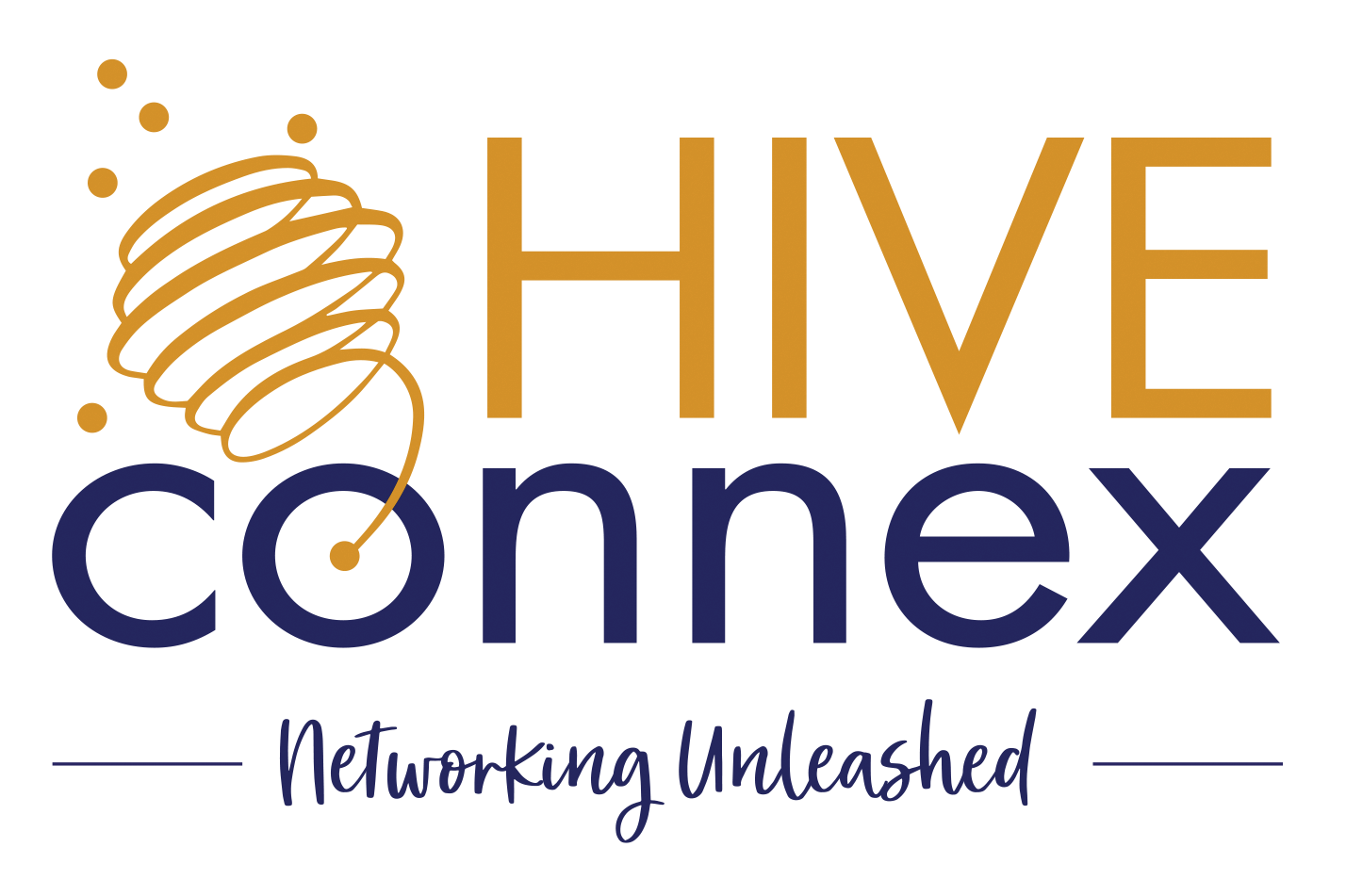Why Program Planning & Development Matters
Program planning and development are fundamental processes used to strategically set goals, maximize resources, and ultimately, make organizations more sustainable. Launching new initiatives and programs in an organized and realistic manner is a key building block to future success and outcomes. Furthermore, an evaluation plan is a dynamic tool that is an important roadmap defining the what, how and why of your program work.
Numerous frameworks can guide implementation. Two of the most widely recognized in the human service and education fields are Plan-Do-Check-Act (PDCA)—also referred to as Plan-Do-Study-Act (PDSA) or the Deming Cycle—and the National Implementation Research Network’s implementation stages.
An effective program clearly defines its target population. No one program model will be effective, and not every community faces the same issues or has the same population.
For the sake of this particular blog, let’s discuss a program that incorporates gender-specific programming for girls.
Program planning should include:
Vision and mission statements that guide program direction:
What behaviors can the program systematically address? What risk factors can the program address in a specific framework? What are the program's targeted issues and concerns? Who is the program designed to serve? What does the program hope to achieve? Which factors must be considered so that the program is diverse and inclusive of all people despite gender, ethnicity, sexual orientation, religious beliefs, and/or political affiliations.
Program goals:
Program goals clearly state the intended results of the program. For example, a program that targets girls should foster positive gender identity development during adolescence, enhance those protective factors likely to build resiliency, curb negative behaviors, nurture girls' personal and social competence, and enhance their self-esteem.
Program objectives:
Objectives are specific, concrete statements of what needs to be accomplished to implement a goal. Programs that focus on measurable, clear, and focused objectives (i.e., reducing teen pregnancy rates in targeted population) will have more impact than a program with an overly broad goal, however admirable (i.e. - "helping girls feel good").
Organization and management:
Planning should address how the organization is to be structured, what type of personnel should comprise management, and issues related to staff training and expertise. The importance that girls place on relationships needs to be kept in mind during program design and planning. Gender-specific programs create opportunities for girls to build healthy, positive relationships with staff.
Program elements:
Program planning should remain flexible to address each individual girl's needs. Even if planning has targeted one age group, for example, individuals within that group may differ greatly in their emotional, physical, social, and academic development.
Staff development and training:
In the past, delinquent girls have been fit into a justice system designed primarily to serve boys' needs. As a result, even experienced staff may not have received gender-specific training. Program planning should include preservice and ongoing in-service training for staff.
Evaluation strategy:
Given the lack of research in this area, new programs for girls need to be evaluated not only to enhance program implementation but also to increase knowledge in the field. Evaluation is not an afterthought. It needs to be addressed during the program planning stage and be ongoing. Evaluation can help work out the "nuts and bolts" of a new program and indicate needed adjustments.
Remember to evaluate your existing programs by completing a SWOT (Strengths-Weaknesses-Opportunities-Threats) analysis every 6 months or yearly to determine efficacy. Use the tools provided in this blog to enhance program operations and maximize impact on the program participants you serve.
If you, your business and/or organization needs support with program planning and development, please check out HIVE Connex's Services, and schedule a complimentary consultation to determine your business needs. Please contact us via email at HIVEConnex@gmail.com, dial (267) 420-2076 or contact us.
Feel free to contact us directly with any questions on this particular blog topic, or any of our other HIVE Connex Blog Posts that provide insight and informative content about: competitive intelligence, the benefits of process improvement, how to grow your business, creating a vision board, decision making, business planning, branding in the marketplace, public speaking, creating a social media presence, business communication practices, business ethics, how to generate profit margins, managing through unprecedented and challenging times, building high performance teams, business elevator pitch, community engagement and budget administration.

